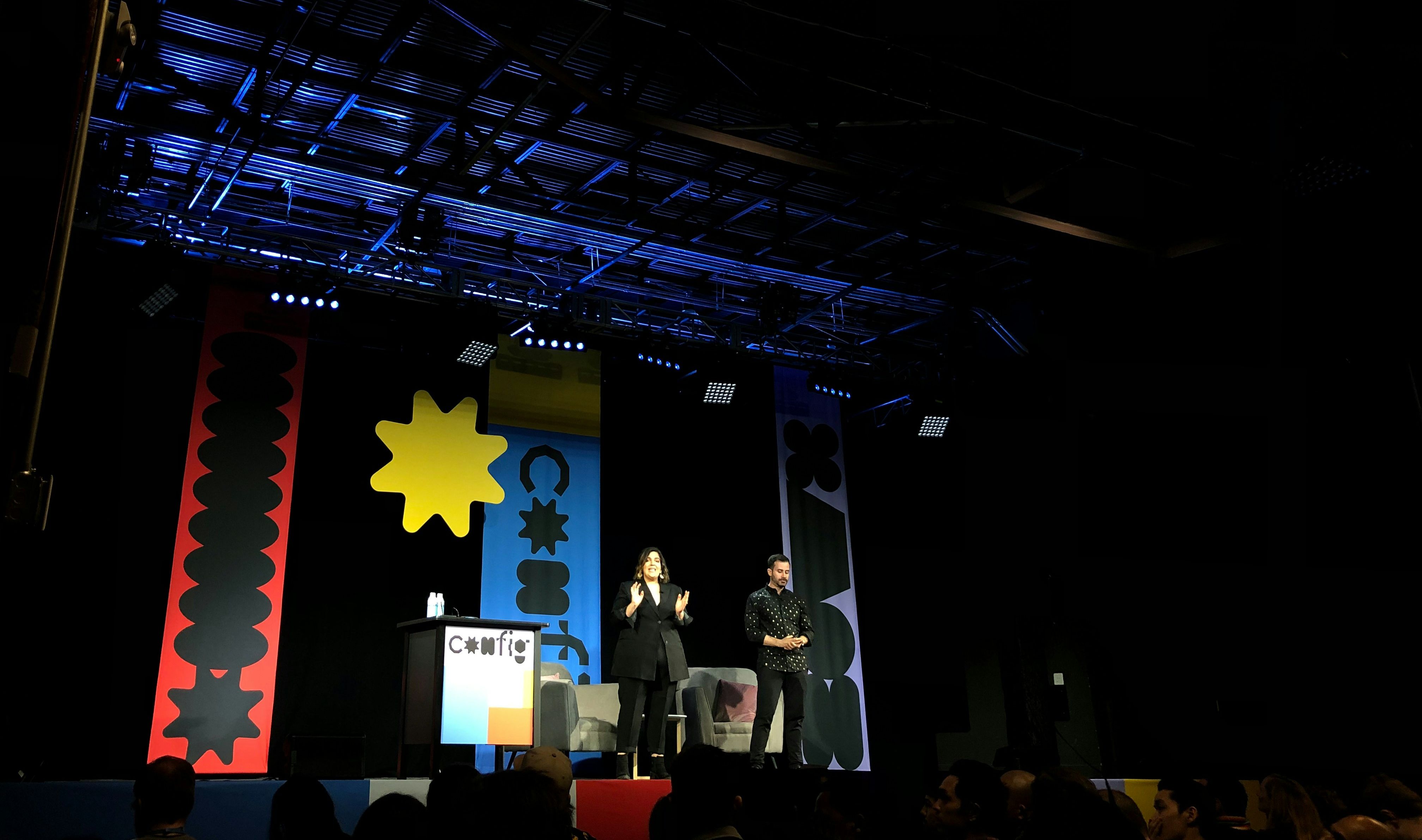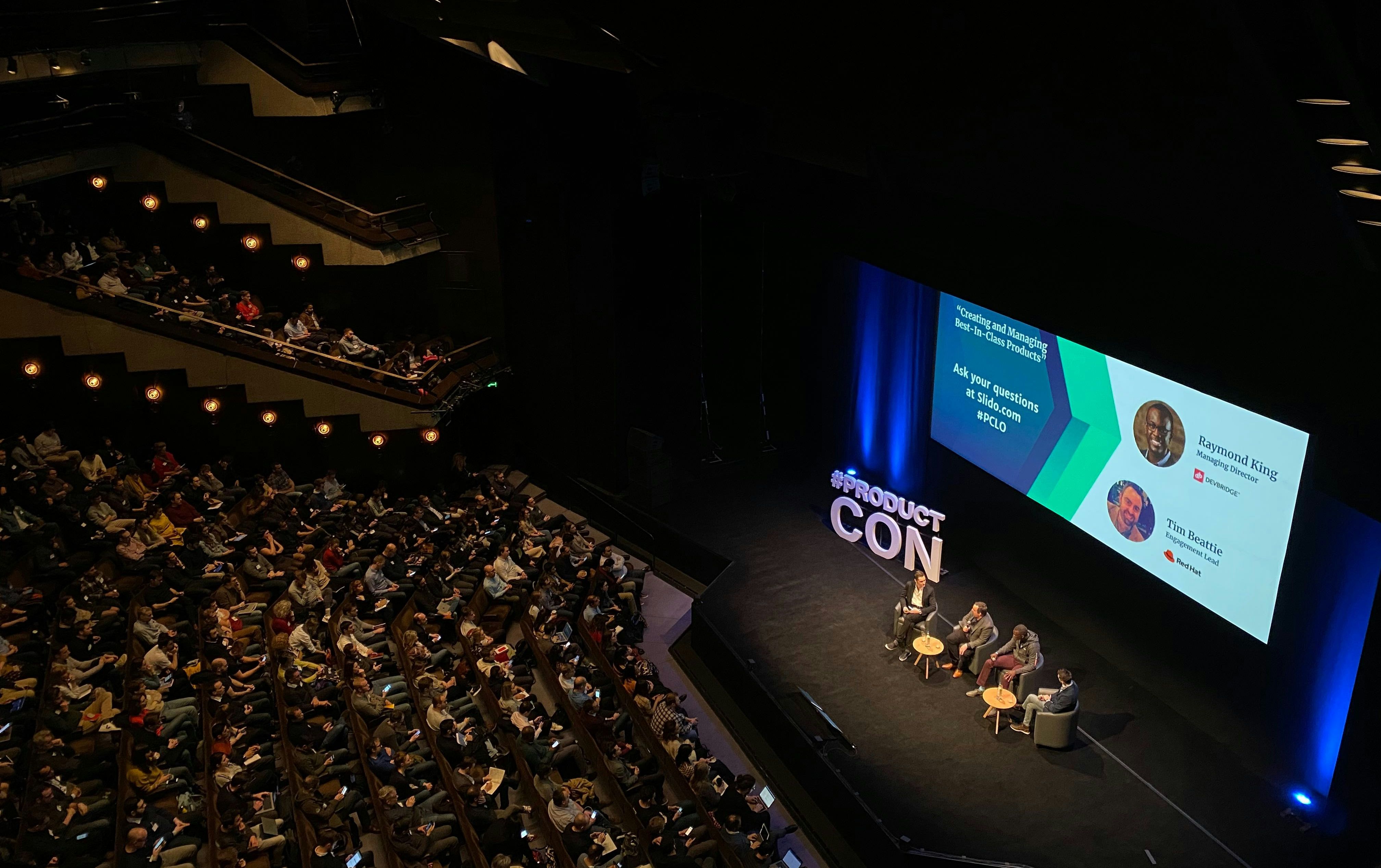Event Branding and Graphic Standards in Japan
Author
Chan
Date Published

Event branding in Japan demands more than design flair; it calls for precision, awareness of regulations, and sensitivity to local culture. From digital screens in Tokyo to banners displayed at Kyoto temples, every visual choice is shaped by municipal signage laws and long-standing aesthetic traditions. Many international organizers realize only at the production stage that their imported artwork or oversized graphics conflict with local codes or visual customs.
To succeed, planners must treat typography, translation, vendor coordination, and placement as parts of one disciplined process that meets Japan’s standards of clarity, balance, and respect. This guide outlines how to adapt global event branding for Japan while maintaining brand identity and ensuring that every display feels both compliant and culturally aligned.

Typography and Color Rules
Typography and color choices in Japan carry social and aesthetic implications. Japanese venues prioritize legibility, harmony, and avoidance of visual clutter. Fonts that look bold and modern abroad can appear aggressive or childish here.
To ensure appropriate adaptation:
- Use Gothic (sans-serif) or Mincho (serif) families for Japanese text. Pair these carefully with your global brand font for consistent rhythm.
- Keep English text secondary to Japanese on all official signage. Font size hierarchy must favor Japanese for compliance.
- Avoid all-cap English or italics for directional or safety signage; it may be flagged by venue safety officers.
- Use color combinations that respect local symbolism: red and white signify celebration, while black and purple can read as somber.
- Maintain contrast ratios that meet public readability standards, especially for emergency signage.
At Tokyo Big Sight, one global conference had to reprint 70 directional signs overnight because the English font was unreadable in Japanese light conditions. Adapting to Gothic Medium resolved the issue instantly.
Mini Checklist
- Select Japanese system fonts compatible with your global type suite.
- Test color contrast under fluorescent and LED lighting.
- Prioritize legibility over style for bilingual layouts.
- Maintain uniform alignment across both language columns.
Clause Example:
All signage and branding assets shall comply with the venue’s visual readability standards, and any modification requested by the venue shall be executed prior to print production.
Share your font and color samples with local vendors early to ensure they match approved event identity within Japanese readability limits.
Translation Consistency
Translation is not merely linguistic; it is reputational. Bilingual signage mistakes reflect poorly on organizers and can even create safety hazards. Direct translations often fail because Japanese text expands by 30–40 percent, altering balance and layout.
To maintain brand integrity:
- Use one professional translator for all event text to maintain tone and spacing consistency.
- Keep a master terminology list for brand names, directional phrases, and functional labels.
- Test translations in context as some phrases lose clarity once combined with pictograms.
- Require vendors to submit both text proof and visual proof for each sign before print.
During an Osaka incentive event, an English “Registration Closed” sign was mistranslated to “No Admission,” creating confusion among Japanese delegates. A bilingual proofing process corrected it before installation day.
Mini Checklist
- Maintain one translation memory file for all materials.
- Include bilingual review in the final design approval round.
- Proof all Japanese text in vector format to avoid encoding errors.
- Store master translations in shared cloud folders for future reuse.
Clause Example:
All translated materials shall be reviewed by a certified bilingual proofreader before final approval, and visual balance between Japanese and English versions shall be maintained.
Submit your master translation file with the initial design package to streamline bilingual proofing and venue approval.
.jpg)
Vendor Capabilities
Japan’s print and signage vendors are highly skilled but operate within standardized formats and municipal restrictions. Misunderstandings often occur when foreign organizers send artwork incompatible with local substrates or machine sizes.
To avoid reprints and delays:
- Ask vendors for their maximum print size and approved materials list before design finalization.
- Confirm whether outdoor banners require municipal notification or wind-resistance certification.
- Check if your logo color meets venue or neighborhood aesthetic guidelines as some areas prohibit reflective or neon tones.
- Request physical proofs (紙校正) before full production, as Japanese vendors rely heavily on print color accuracy.
When I handled a global trade expo in Yokohama, one overseas exhibitor’s neon orange banners had to be toned down because the city’s outdoor code prohibited fluorescent materials near residential areas.
Mini Checklist
- Confirm vendor license for large-format or outdoor work.
- Obtain written approval for material choice and color tone.
- Include production lead times in your branding schedule.
- Keep final color proofs signed and dated by both parties.
Clause Example:
All vendors engaged in signage or print production shall submit material certifications and physical proofs prior to installation, ensuring compliance with municipal and venue-specific guidelines.
Share vendor proof timelines with your production team to align approvals before your artwork lock date.

Placement Restrictions
Japan enforces strict placement rules for public and venue signage. Even within private spaces, organizers must follow regulations on height, direction, and emergency visibility. Unauthorized placement can result in removal by the venue or city staff without prior notice.
To stay compliant:
- Review venue maps for restricted zones such as fire doors, ventilation outlets, and emergency exits cannot be obstructed.
- Avoid mounting banners on exterior facades without municipal notification.
- Check ceiling rigging and wall placement with the venue’s technical team; many facilities require a pre-approved load plan.
- Respect cultural decorum: avoid placing logos above traditional symbols or national flags.
At one Tokyo cultural hall, a sponsor banner was relocated minutes before opening because it partially covered a heritage plaque. Local staff insisted on repositioning it to preserve decorum—something that could have been prevented with pre-placement checks.
Mini Checklist
- Submit signage layout maps for venue approval.
- Verify wall, ceiling, and floor mounting restrictions.
- Avoid obstructing directional or emergency lighting.
- Photograph final installations for post-event compliance reports.
Clause Example:
The Organizer shall obtain prior approval for all signage placement from the venue’s technical representative and ensure that all installations conform to municipal safety and visibility regulations.
Include placement maps in your RFP submission to signal preparedness and reduce last-minute repositioning requests.
FAQs
1. Are there restrictions on using foreign brand logos in Japanese venues?
No, but all visual applications must follow local size and legibility rules. Some venues may require color or tone adjustments to meet interior design harmony standards.
2. Can English-only signage be approved in Japan?
Not for official or safety-related signs. Japanese translations are mandatory for wayfinding, emergency exits, and safety notices.
3. How should bilingual text be arranged on directional signage?
Japanese text always appears first or above English. Font sizes should favor Japanese readability.
4. Are LED or digital signs subject to different rules?
Yes. Digital screens must comply with brightness limits and municipal content restrictions, especially for outdoor or roadside display.
5. What is the proofing process before installation?
Vendors submit printed or digital proofs for both language versions. Organizers and venues must sign off jointly before production.
Conclusion
Effective event branding in Japan balances creativity with compliance. By respecting typography norms, translation accuracy, vendor standards, and placement laws, international organizers build credibility and avoid costly rework.
Every sign or banner becomes a reflection of professionalism when cultural tone and municipal rules align. To refine your next event’s visual identity for Japan, connect with us and request a bilingual branding checklist designed for compliant execution.